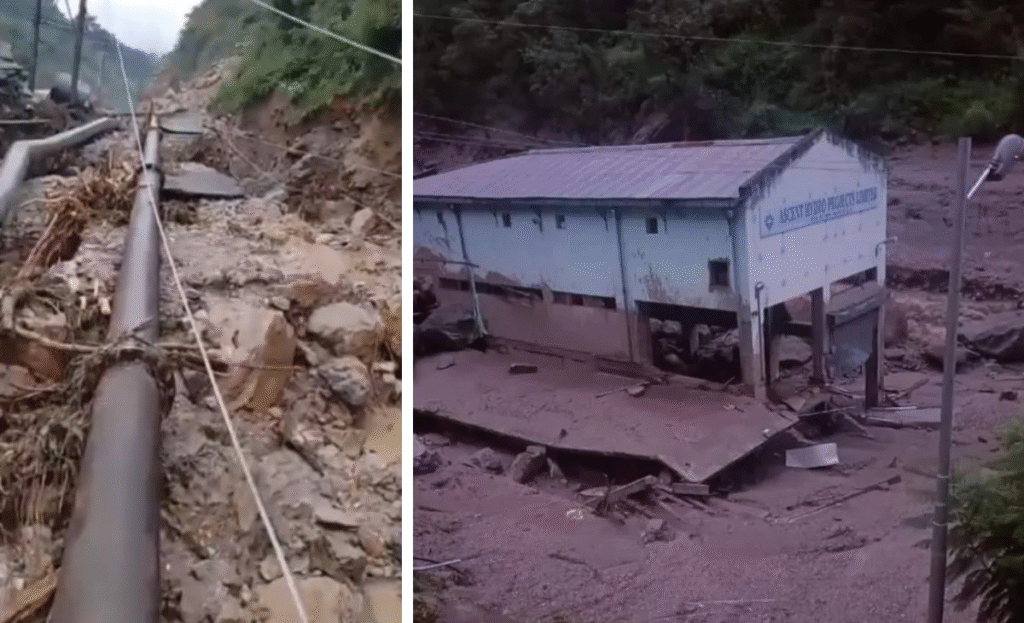Pallavi Sharma
DHARAMSHALA: Since June 20, the monsoon onslaught in Himachal Pradesh has claimed 224 lives, with 116 attributed directly to weather-related disasters such as landslides, flashfloods, cloudbursts and drownings and 108 resulting from road accidents exacerbated by treacherous conditions, according to the State Disaster Management Authority (SDMA).
Damages estimated at around Rs 1,989 crore have been reported across infrastructure, agriculture, roads, power and water systems.
Initially, Mandi and Kullu bore the brunt of the monsoon fury. But now, Shimla, Kinnaur and surrounding areas have become the new epicentre, witnessing four cloudbursts in a day. Over the past few days, 58 flashfloods, 30 cloudbursts and 53 major landslides have been reported, plunging Himachal Pradesh into chaos. As many as 362 roads lie closed, 613 power transformers are disrupted while 520 water schemes have been affected.

Climate change and overdevelopment escalating risks
The weather department has issued an orange alert for the next four days, signalling intense rains ahead Meanwhile, the local administrations are pressing on with rescue and restoration efforts. Mandi remains a critical zone, with 220 roads still blocked. The authorities continue to repair infrastructure, restore power and provide relief to stranded residents.
Amid the devastation, environmental experts warn that the Himalayan region has reached a tipping point, struck by the dual challenge of unplanned development and increasingly erratic climate patterns. Over-expansion of four-lane highways, hydropower projects and unchecked constructions have tipped the ecological balance.
Experts are urging policymakers to pause such projects, introduce slope-aware building regulations and adopt sustainable alternatives like ropeways, especially given the fragile mountain ecology.






